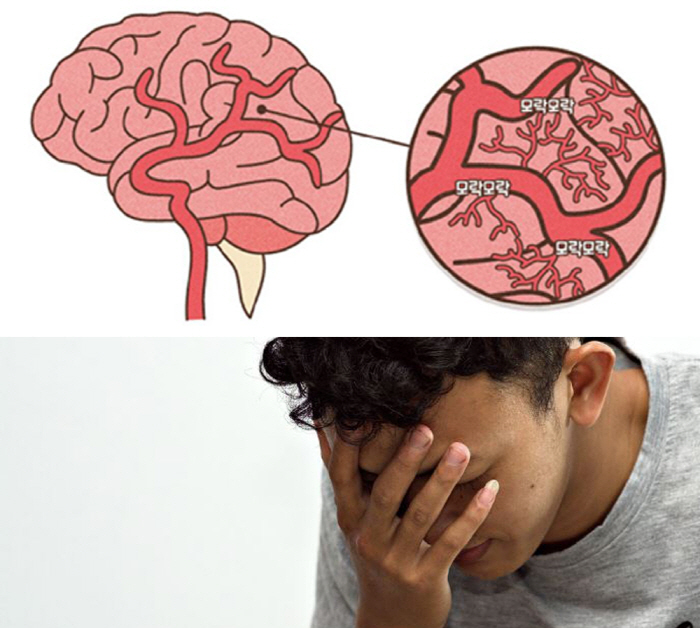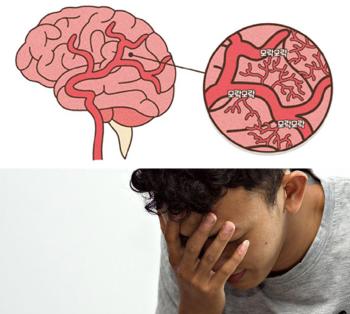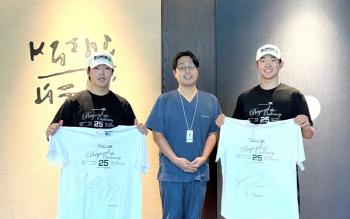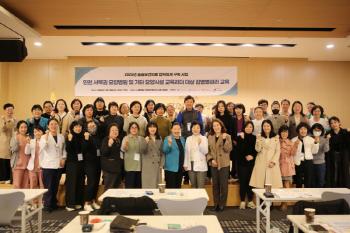Suspected Moyamoya disease in children, 30s, and 40s with repeated headaches and paralysis of the arms
Nov 19, 2025
|
Professor Lee Ho-joon of neurosurgery at Soonchunhyang University Bucheon Hospital urged caution, saying, `Moya moya disease can prevent brain damage if diagnosed and treated early, but if left unattended, it can lead to permanent disability.'
Moyamoya disease is a progressive cerebrovascular disease in which the main blood vessels to the brain are gradually narrowed or blocked, and it is a rare and incurable disease with no fundamental treatment so far.
The name comes from the Japanese word 'Moyamoya(もやもや, faint smoke)' because of the appearance of abnormal blood vessels in angiography. Blocked blood vessels can block the supply of oxygen and nutrients to the brain, resulting in cerebral infarction, and a burst of weakened blood vessels can lead to cerebral hemorrhage.
In particular, the incidence rate is high in children aged 5 to 10 and adults in their 30s and 40s. Children often have transient ischemic attacks or cerebral infarction due to insufficient cerebral blood flow due to vascular stenosis, and adults have more hemorrhagic strokes due to weak blood vessel rupture.
Initial symptoms include severe headaches, dizziness, seizures (convulsions), hemiplegia, speech impairment, sensory abnormalities, and decreased consciousness. Children may experience severe symptoms after crying or exercising.
Professor Ho-Jun Lee explained, "Because symptoms alone are difficult to distinguish from other strokes, tests such as CT, MRI, and angiography are performed, and the differential diagnosis process is important."Moya moya disease is mainly bilateral, and abnormal small blood vessels are formed as the main blood vessels that supply blood to the brain gradually narrow or block."
Although the exact cause of Moyamoya's disease has not yet been identified, it is known to be closely related to genetic factors. RNF213 gene mutations are commonly found in Korean and Japanese patients, and immediate family members should also be tested if they have a family history. Other factors are not clear, so further research is needed.
Drugs alone cannot stop the progression of moyamoya disease, and 'cerebrovascular bypass (reconstruction)' is the fundamental treatment that can restore blood flow. There are surgeries that combine the two methods: 'direct bypass' which connects scalp blood vessels directly to brain blood vessels, 'indirect bypass' which attaches blood vessels or muscles to the surface of the brain to induce new blood vessels to grow.
The surgical effect is clear. After surgery, cerebral blood flow is improved in 85-95% of patients, and transient ischemic attacks and ischemic strokes are reduced in 70-90%. It has been reported that the risk of recurrence of hemorrhagic moyamoya disease is also reduced by more than half.
Professor Lee said, `The number of patients with moyamoya disease in Korea is about 16 per 100,000 people, which is by no means an uncommon disease, and the number of diagnosed patients is increasing"If you have any suspicious symptoms, you should quickly visit the hospital for a thorough examination and appropriate treatment" he stressed.
|
This article was translated by Naver AI translator.















